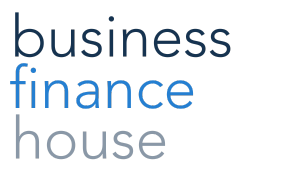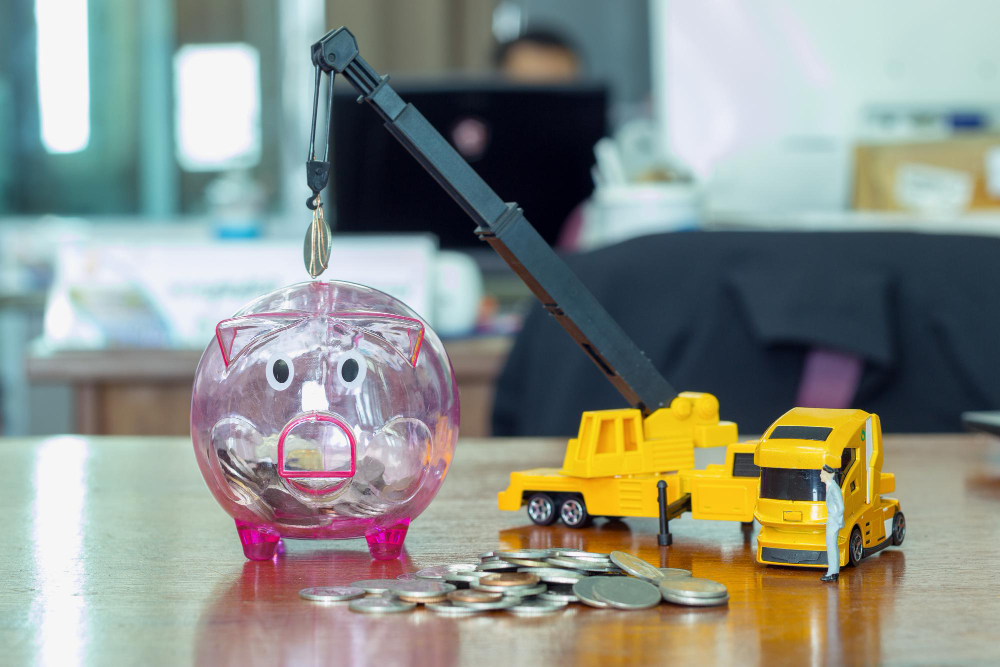For many businesses, leasing equipment is a practical way to access the tools and technology needed without the hefty upfront costs of purchasing. However, as your business grows, transitioning from leasing to owning equipment can become a smart financial decision. With the right equipment finance, you can make this shift seamlessly while maintaining cash flow and improving long-term operational stability.
When Should You Transition from Leasing to Owning Equipment?
The decision to transition from leasing to owning equipment depends on your business’s financial health, operational needs and long-term goals. Consider transitioning when:
- You’re consistently using the equipment and foresee long-term needs.
- The total cost of leasing surpasses the cost of ownership.
- You’re looking to improve cash flow by reducing recurring lease payments.
- You want full control over the equipment without lease restrictions.
Steps to Transition from Leasing to Ownership with Financing
-
Assess Your Equipment Needs
Start by evaluating whether the equipment you’re leasing is still suitable for your business’s current and future needs. If it aligns with your long-term goals, transitioning to ownership could be the right move.
-
Understand Lease Terms
Review your lease agreement to check for buyout clauses, penalties or fees. Many leases include options to purchase the equipment at the end of the term or during the lease.

-
Explore Equipment Financing Options
Research equipment finance solutions that align with your budget and business goals. Lease-to-own financing options are specifically designed for businesses transitioning from leasing to ownership.
-
Calculate Costs and Benefits
Compare the total cost of ownership (including financing) to the cost of continuing the lease. Factor in maintenance, depreciation and potential tax benefits of owning equipment.
-
Negotiate Purchase Terms
If your lease includes a purchase option, negotiate the buyout price with the lessor. A lower buyout price can make ownership even more cost-effective.
-
Finalise Financing and Ownership Transfer
Once terms are agreed upon, secure financing equipment for businesses and complete the transfer of ownership. Ensure all paperwork is accurate and comprehensive.
Pros and Cons of Transitioning to Ownership
Pros
- Cost Savings Over Time: Ownership eliminates recurring lease payments, reducing long-term expenses.
- Asset Ownership: Once purchased, the equipment becomes an asset on your balance sheet, improving financial stability.
- Flexibility: Ownership allows for upgrades, customisations or selling when it’s no longer needed.
- Tax Benefits: Depreciation and interest on financing may be tax-deductible, lowering your overall costs.
Cons
- Higher Upfront Costs: Even with financing, transitioning to ownership requires a larger financial commitment upfront.
- Maintenance Responsibility: As the owner, you’re solely responsible for repairs and maintenance.
- Depreciation Risk: Equipment value can decline over time, potentially impacting your return on investment.
Transitioning from leasing to owning equipment is a significant decision that can provide long-term financial and operational benefits for your business. By assessing your needs, exploring financing options and carefully calculating costs, you can ensure a smooth transition while keeping your cash flow intact.
Contact Business Finance House and explore tailored business finance solutions to help you take the next step with confidence.





